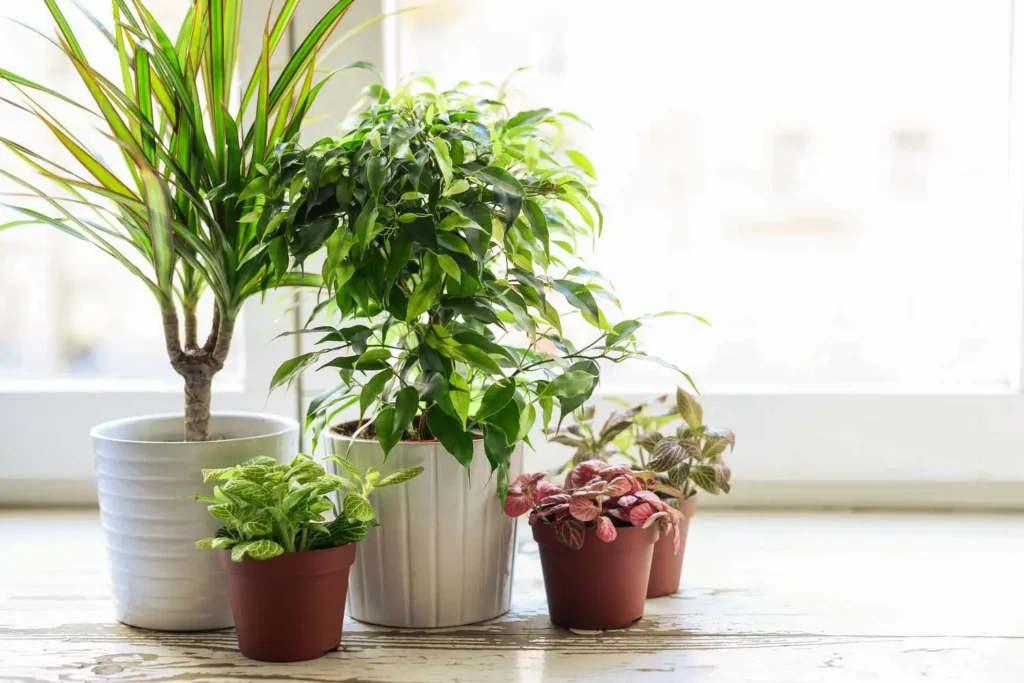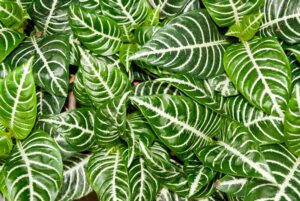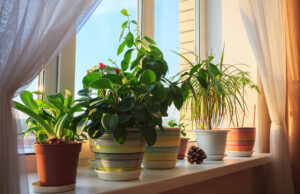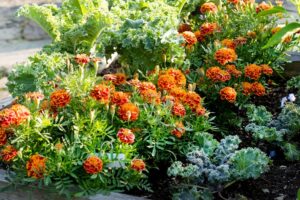House plants to reduce dust are more than just decorative elements; they can play a crucial role in maintaining a cleaner and healthier indoor environment. Dust in your home can carry harmful particles, including allergens like pollen and mold spores, which can negatively impact your health, particularly for those with respiratory issues. While regular cleaning is essential, certain house plants can naturally reduce dust levels, improving the quality of the air you breathe. In this post, we’ll explore three specific house plants that are highly effective at reducing dust in your home, making it easier to keep your living space clean and fresh.
On This Page
Why Indoor Dust is a Problem
The Health Impacts of Dust
Dust in your home isn’t just unsightly; it can also pose significant health risks. When inhaled, dust particles can aggravate allergies, asthma, and other respiratory conditions. Dust often carries a mixture of dead skin cells, pet dander, pollen, and even harmful chemicals, making it a major contributor to poor indoor air quality.
Traditional Methods of Dust Control
Traditional methods of controlling dust involve regular cleaning, such as vacuuming, dusting, and using air purifiers. While these methods are effective, they require constant upkeep and don’t always address the root of the problem. This is where house plants come in as a natural, low-maintenance solution to supplement your dust control efforts.
How Plants Help Reduce Dust
The Science Behind Dust-Reducing Plants
Certain house plants are particularly effective at trapping dust on their leaves. The large surface area of the leaves, combined with the production of negative ions, attracts and holds airborne dust particles, preventing them from settling on furniture and other surfaces. Additionally, many plants have small, hair-like structures called trichomes that further enhance their ability to capture dust. Studies have shown that plants not only reduce dust but also improve overall air quality by absorbing pollutants like formaldehyde and benzene (Ideal Home) (Housing).
Additional Air-Purifying Benefits
Beyond dust reduction, these plants contribute to a healthier indoor environment by purifying the air. They absorb carbon dioxide and release oxygen during photosynthesis, which enhances air circulation and oxygen levels in your home. Moreover, they filter out harmful toxins, making the air cleaner and fresher to breathe.
Top 3 House Plants To Reduce Dust
Spider Plant (Chlorophytum comosum)

Spider plants are a popular choice for those looking to reduce dust and improve air quality. Their long, arching leaves are excellent at trapping dust particles, and the plant’s ability to produce negative ions makes it particularly effective at pulling dust from the air. Spider plants are also known for removing pollutants like formaldehyde from the air, making them a dual-purpose plant for any home. They thrive in various light conditions and require minimal maintenance, needing only occasional watering to stay healthy (Ideal Home) (Housing).
Rubber Plant (Ficus elastica)
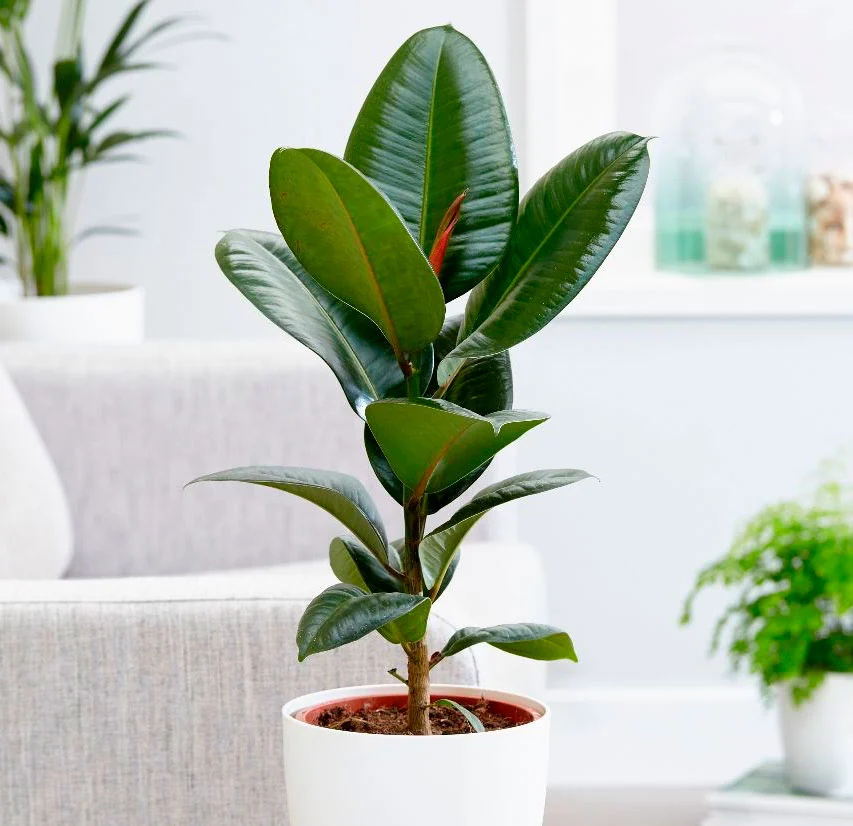
The rubber plant is another excellent option for reducing dust. Its large, glossy leaves act as natural dust magnets, capturing and holding onto airborne particles. These leaves are easy to clean with a damp cloth, ensuring the plant continues to function effectively as a dust trap. In addition to its dust-reducing capabilities, the rubber plant also purifies the air by removing toxins like ammonia and formaldehyde. To maximize its effectiveness, place the rubber plant in bright, indirect light and mist the leaves regularly (Ideal Home) (Housing).
Peace Lily (Spathiphyllum wallisii)
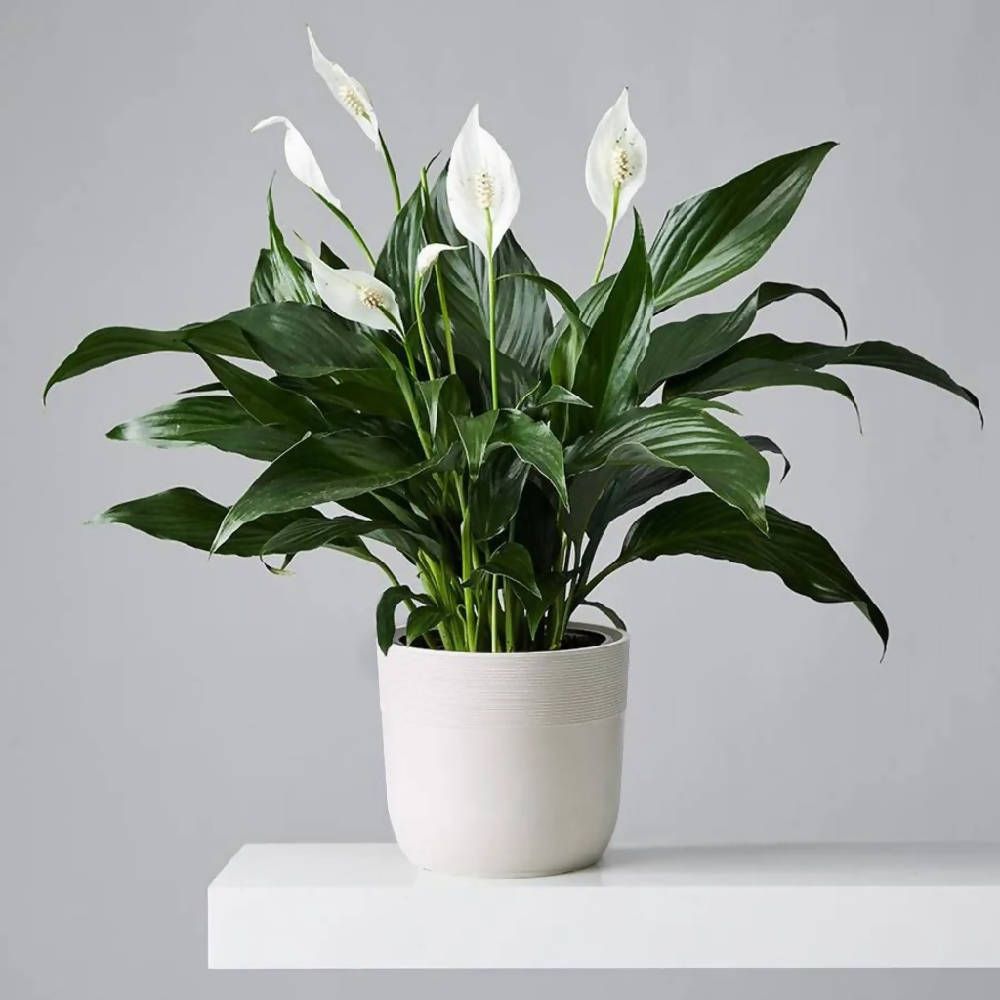
The peace lily is not only known for its beautiful white flowers but also for its impressive air-purifying properties. Its large, smooth leaves are highly efficient at capturing dust, which can be easily wiped away to maintain the plant’s dust-reducing ability. Peace lilies are particularly effective at filtering out common indoor pollutants such as benzene, trichloroethylene, and formaldehyde. They prefer low to moderate light and require regular watering, making them a great choice for various indoor environments (Ideal Home) (Housing).
Best Practices for Maximizing Dust Reduction with Plants
Proper Plant Placement
To get the most out of these dust-reducing plants, it’s important to place them strategically around your home. Position them in high-traffic areas, near windows, or in spots where dust tends to accumulate the most. This ensures that the plants are exposed to a steady flow of air, maximizing their ability to trap dust.
Plant Maintenance and Dust Removal
Regular maintenance is key to keeping your plants effective at reducing dust. Wipe the leaves with a damp cloth at least once a week to remove any accumulated dust. This not only helps the plant continue to trap dust but also keeps it healthy and looking its best. Additionally, misting the leaves can enhance their dust-trapping abilities and improve the overall air quality in your home.
Conclusion
Incorporating house plants into your home is a simple and natural way to reduce dust and improve indoor air quality. Spider plants, rubber plants, and peace lilies are particularly effective at trapping dust and removing harmful pollutants from the air. By strategically placing these plants and maintaining them properly, you can enjoy a cleaner, healthier living environment with minimal effort. So why not add a few of these green helpers to your home and breathe easier?
Key Takeaways
- Spider Plant: Great for trapping dust and removing formaldehyde from the air.
- Rubber Plant: Large, glossy leaves act as natural dust magnets and purify the air.
- Peace Lily: Efficient at capturing dust and filtering common indoor pollutants.

